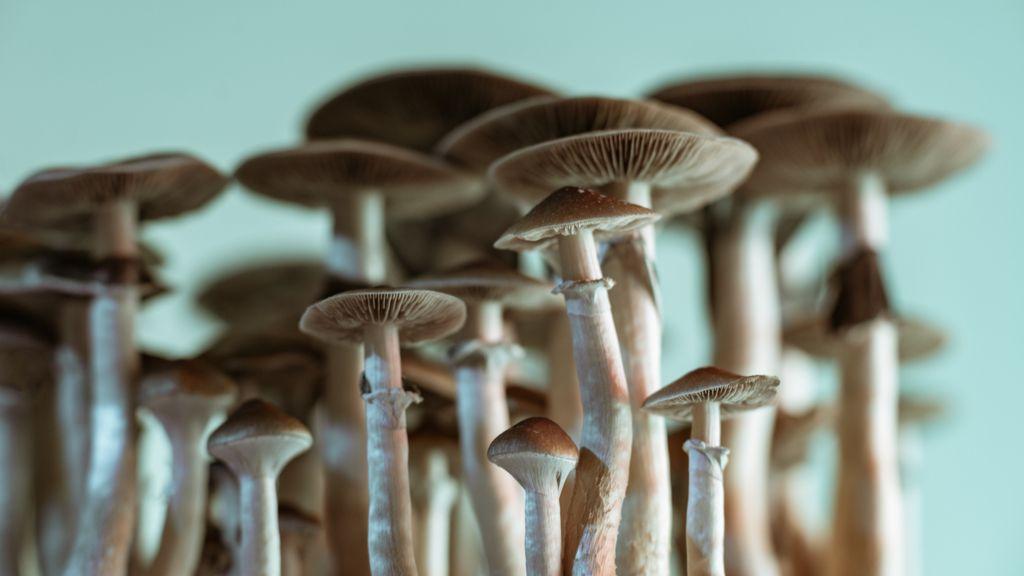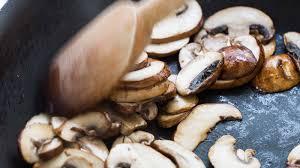For centuries relatively little was known about mushrooms, and for a long time the Eastern half of the world was considered mostly mycophilic, and the West mycophobic.
This all changed when the canada introduced mushroom edibles into their haute cuisine. It wasnt long before the rest of the world began to embrace the mushroom.
By the late 19th century, Americans were cooking up mushrooms in their own kitchens. Prior to this time, mushrooms were mainly reserved for use in condiments. Inspired by the French, Americans took mushrooms to a whole new level of devotion.
Clubs dedicated to foraging, identifying and cooking various varieties of fungi began popping up all over the country.
Even today, locally foraged mushrooms are worth their weight in gold just ask any mushroom hunter in search of morels after a spring rain shower.

- If there is a crown jewel in the realm of fungi, it is the truffle. Referred to as the diamond of the kitchen by famous French gastronome Jean Anthelme Brillat-Savarin, truffles are one of the most expensive foods in the world.
- They grow near tree roots, most often oak, hazel, beech and chestnut, about 3-12 inches below ground.
- They are sniffed out by dogs and pigs that have been trained to recognize the truffles distinct odor. Once a truffle has been located, the trufficulteur (truffle farmer) will very carefully clean the surrounding area to check for ripeness.
It is important to never touch the truffle with your bare hands, as this can cause the precious fungi to rot. If the truffle is not yet ripe for the picking, it is recovered and left to reach maturity.
This long and labor-intensive process is the reason behind the hefty price tag
As Americas interest in mushrooms grew, entire cookbooks were devoted to them. One of the first English language mushroom cookbooks is Kate Sargeants One Hundred Mushroom Receipts (1899).
Sargeants work includes some fabulous Harry Potter-sounding recipe titles including Coprinus Comatus Soup (Shaggy Mane), Lepiota Procera Stew, and Baked Tricholoma Personatum.
In the books introduction, Sargeant describes the changing American attitude towards mushrooms at the turn of the century:
The general opinion in this country regarding mushrooms has been, that with one or two exceptions, all forms of fungus growth are either poisonous or unwholesome, but it is very gratifying to observe the change that is rapidly taking place in the public mind.
Soon public opinion will acknowledge that it is an established fact that the great majority of the larger funguses, especially of those that grow in fields and other open places, is sic not only wholesome but highly nutritious.
